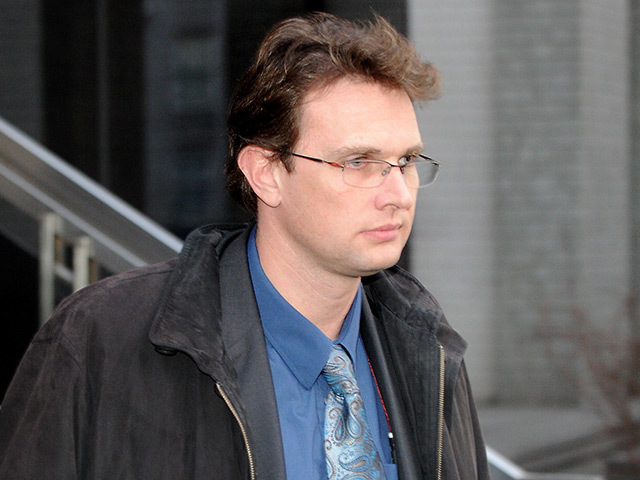
A metal fragment found in the gearbox of the helicopter involved in the 2009 North Sea disaster a week before the tragedy was not the first, it has emerged.
The component at the heart of the “catastrophic” gearbox failure suffered by the Super Puma aircraft had a chequered history.
In June 2004, a part – called the epicyclic module – was removed for overhaul after the presence of metallic particles was picked up by gearbox magnetic chip detectors.
All its “planet” gears – arranged around a “sun” gear – were replaced and the new units passed the required quality tests and inspections. The module then went into the gearbox of a helicopter which was struck by lightning in February 2007.
Investigations into the 2009 crash – involving a Bond-operated Super Puma AS332 L2 – have found no links to the previous incidents, which were discussed during the 13th day of a fatal accident inquiry at Aberdeen Town House yesterday.
Gearbox design expert Emmanuel Mermoz said there was a strong probability that the accident, which killed all 16 men on board, followed a phenomenon called spalling.
His view is shared by the Department for Transport’s Air Accidents Investigation Branch, which has said spalling – the formation of small gear cracks – could have accounted for a metal fragment being discovered a week before the helicopter plunged into the sea off the north-east coast. “It could be consistent with the spalling degradation process,” Mr Mermoz, 39, said yesterday.
He ruled out a defect in the gearbox as a cause of the accident, saying this left two other possibilities – spalling and debris getting into the transmission system when work was carried out on it on March 1, 2009.
There was no “scientific proof”, he said, adding that his expertise and the fact the gearbox work was done according to the manufacturer’s approved procedures led him to believe spalling was the most likely culprit.
He also said there were no signs of any damage to the gears from the 2007 lightning strike, just over two years before the fatal crash on April 1, 2009.
Mr Mermoz works for the Super Puma manufacturer, Airbus Helicopters, formerly Eurocopter, and also teaches in the mechanics department at Aix-Marseille University.
He has been at the heart of investigations into what caused the accident, including studies of the helicopter parts recovered from the sea.
The inquiry continues.
Read full details and reaction to yesterday FAI evidence in this morning’s Press and Journal